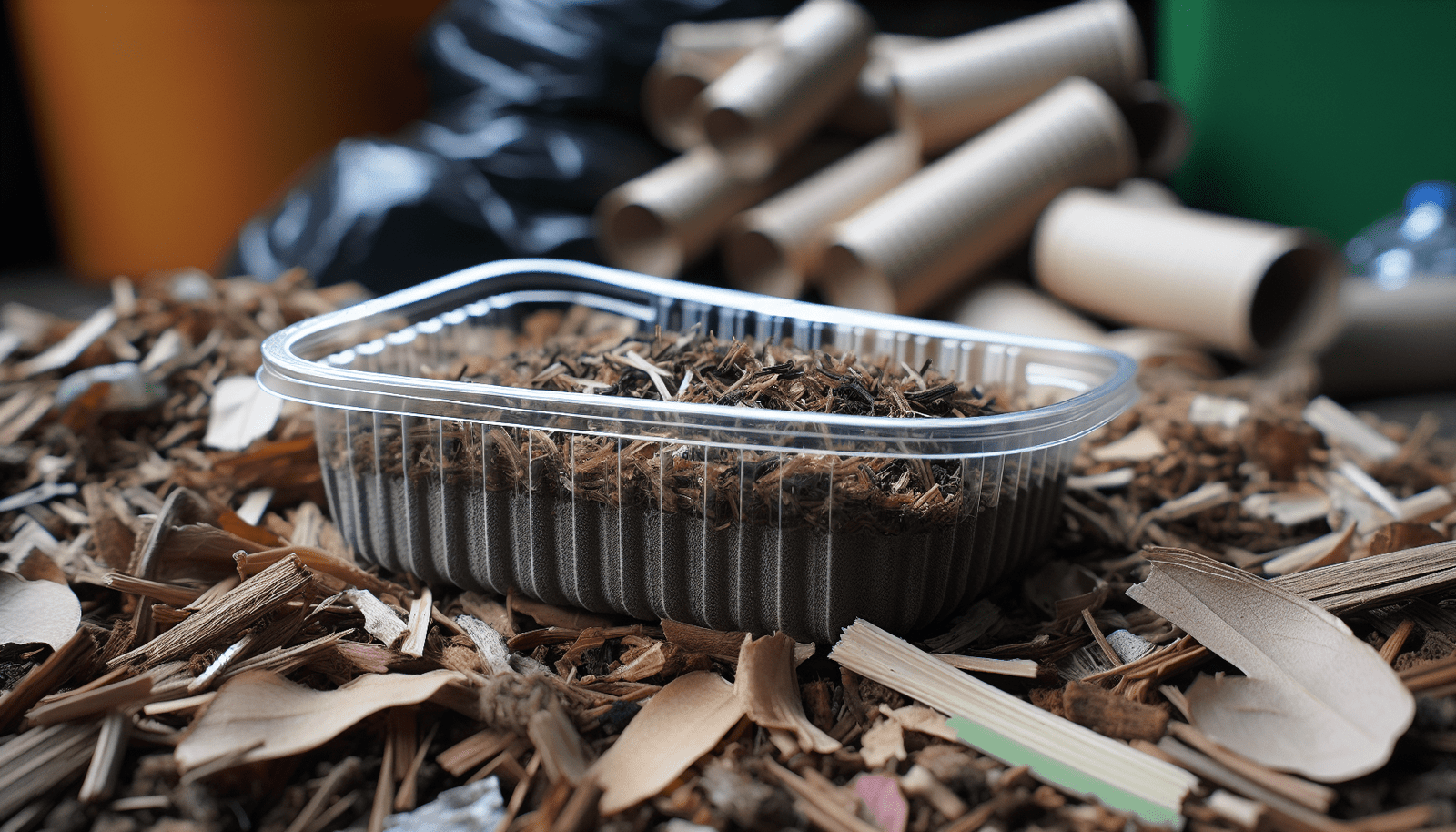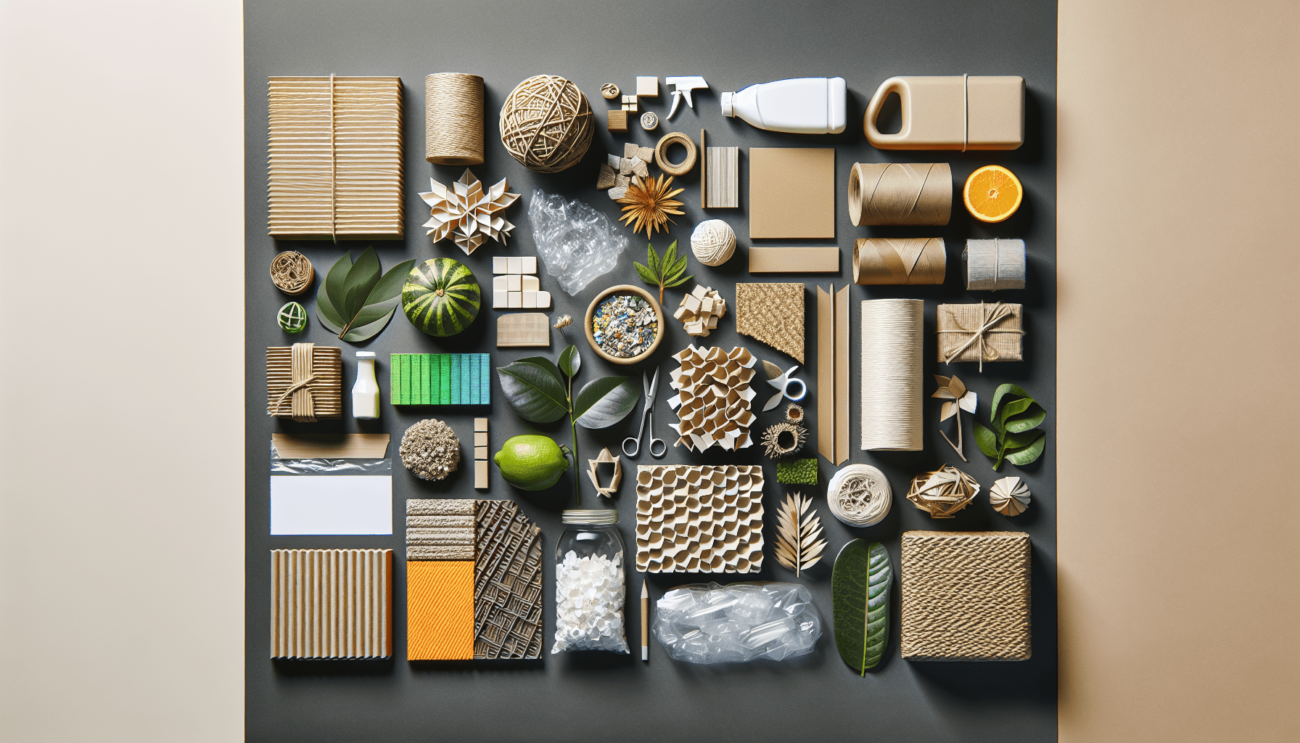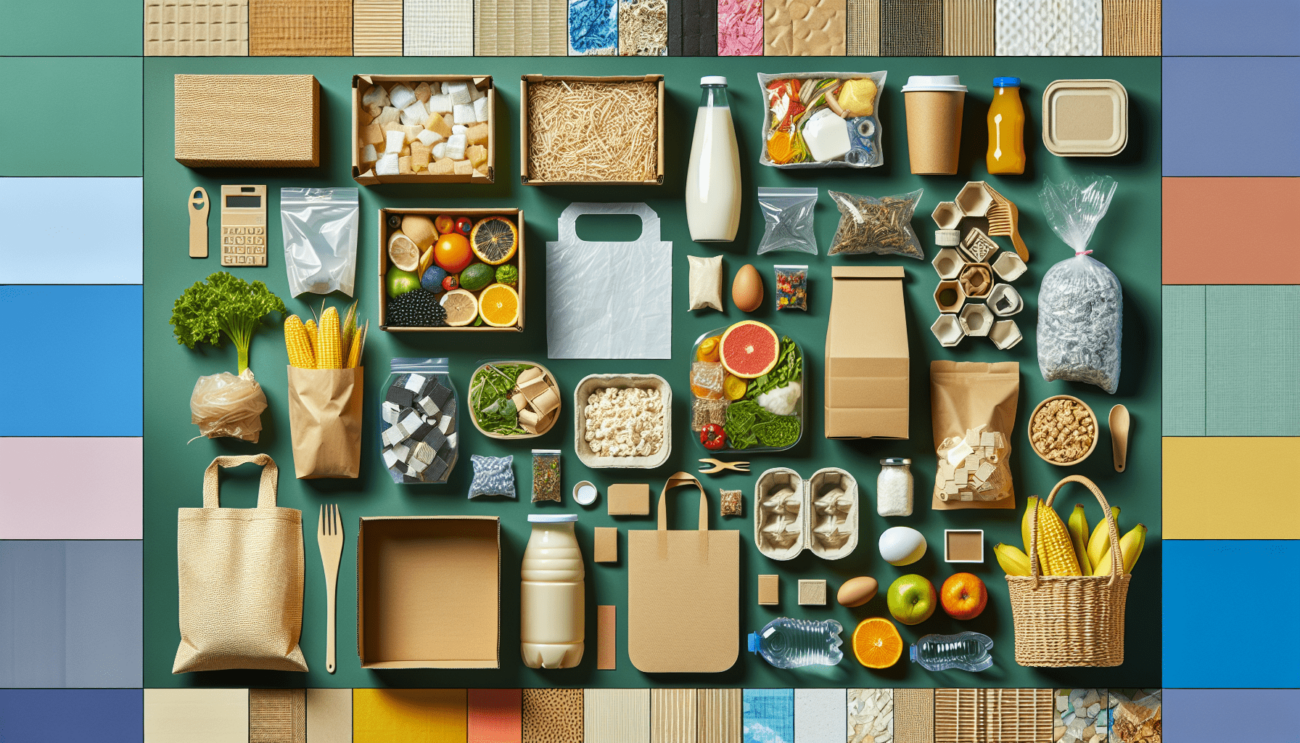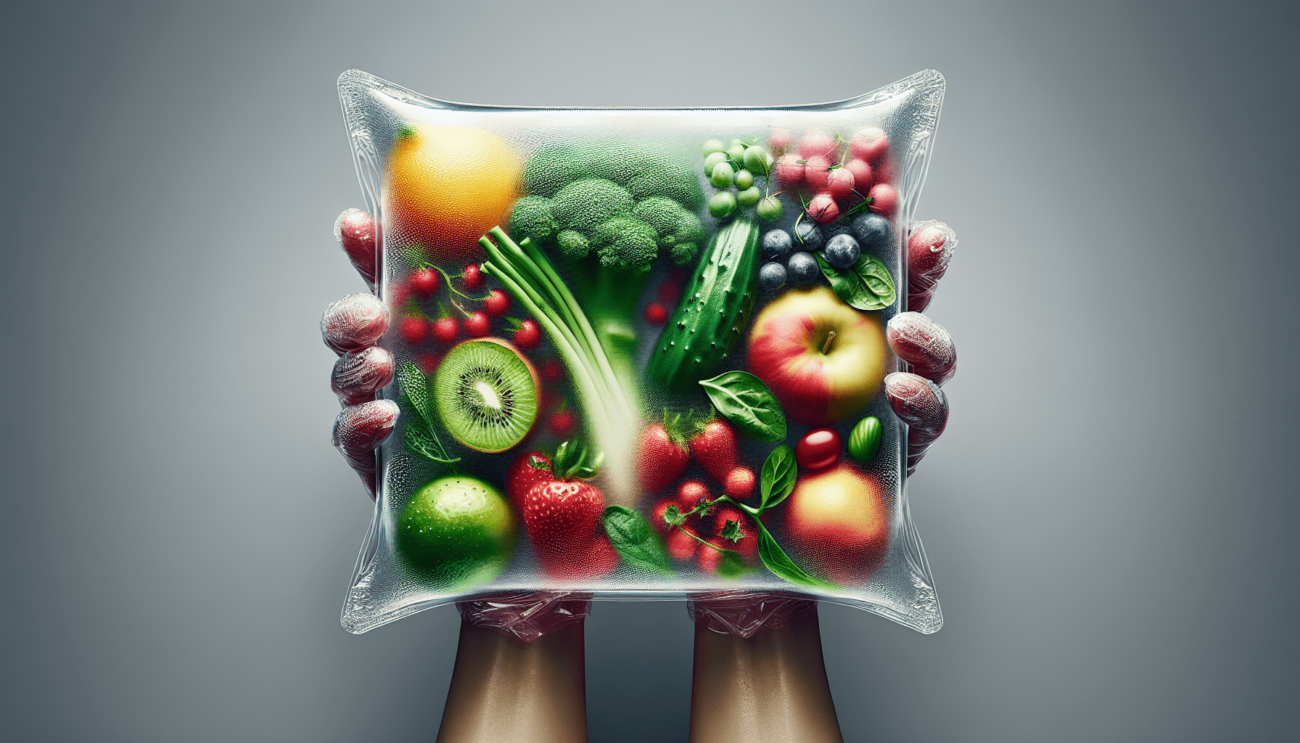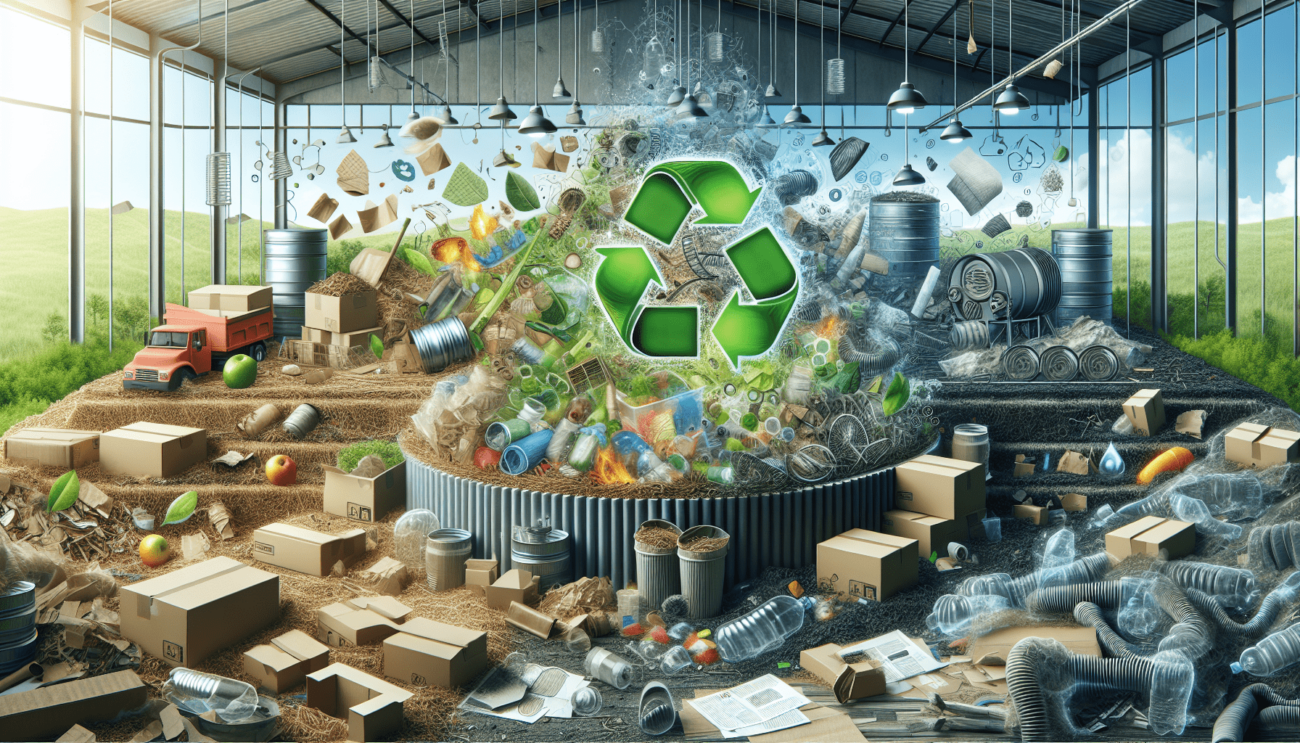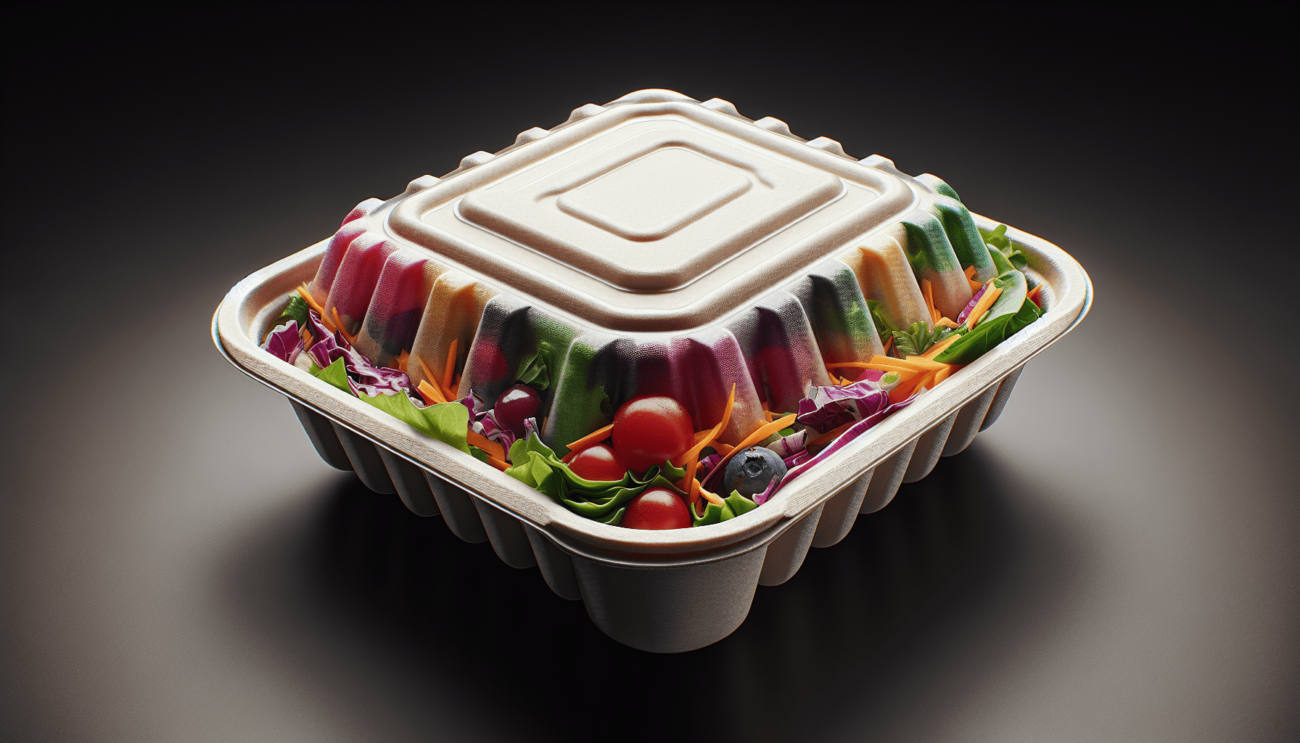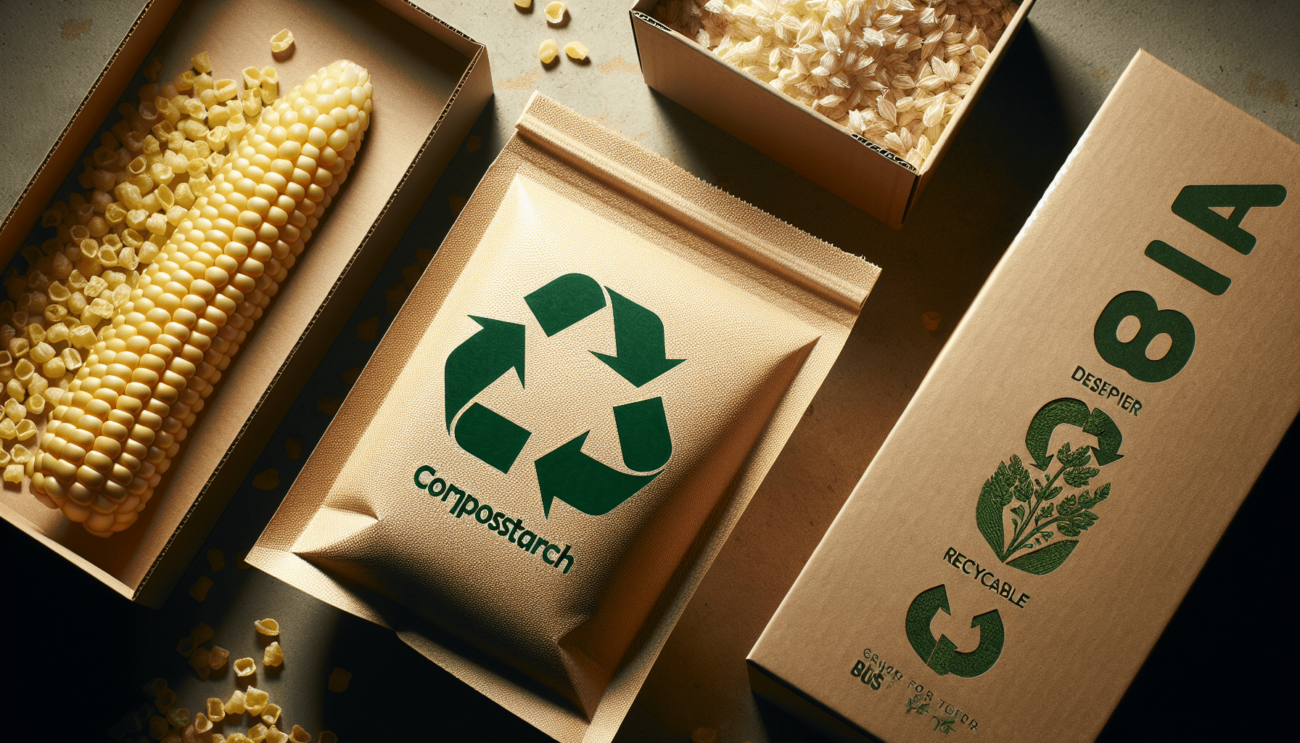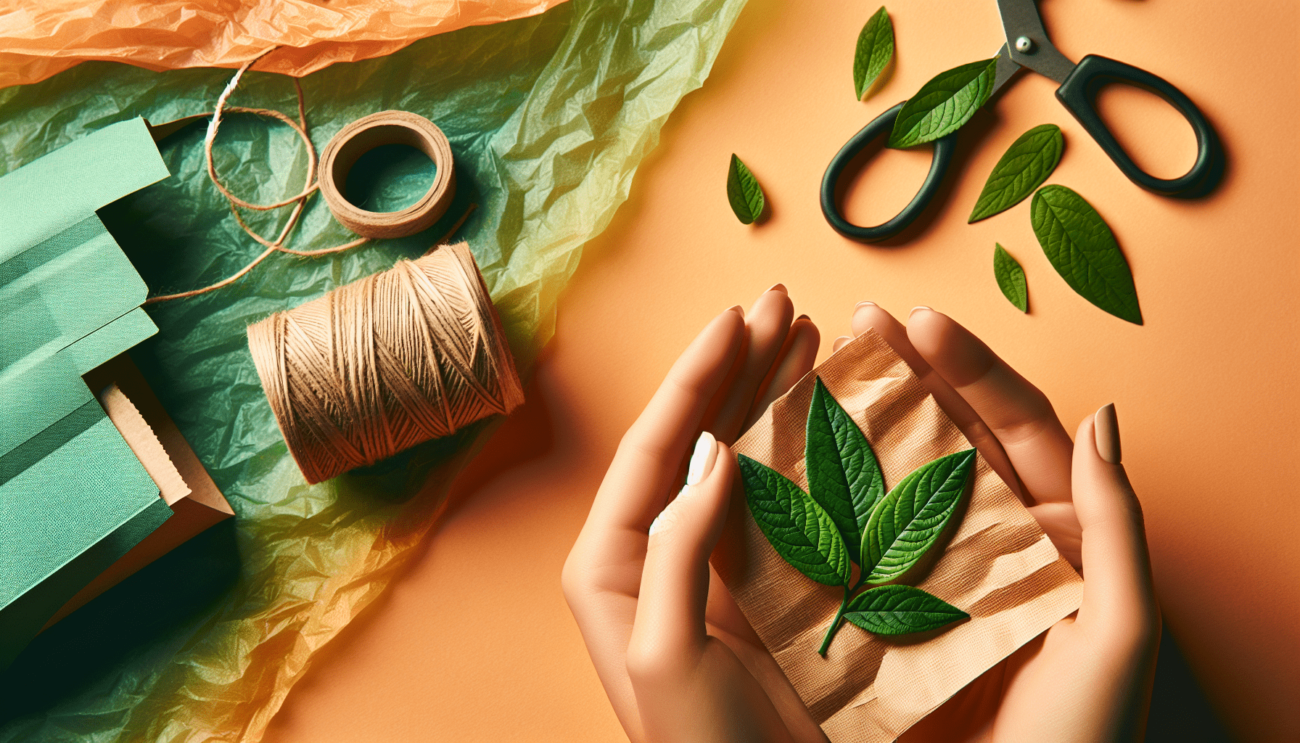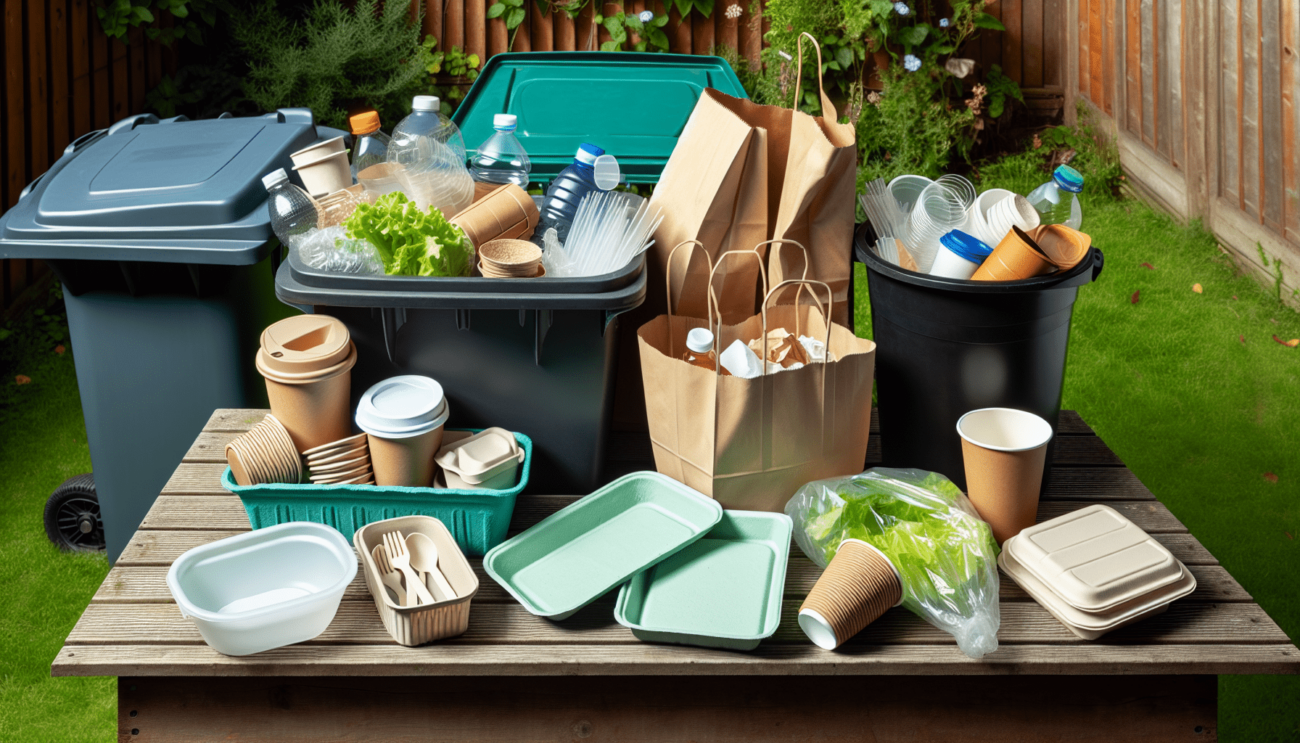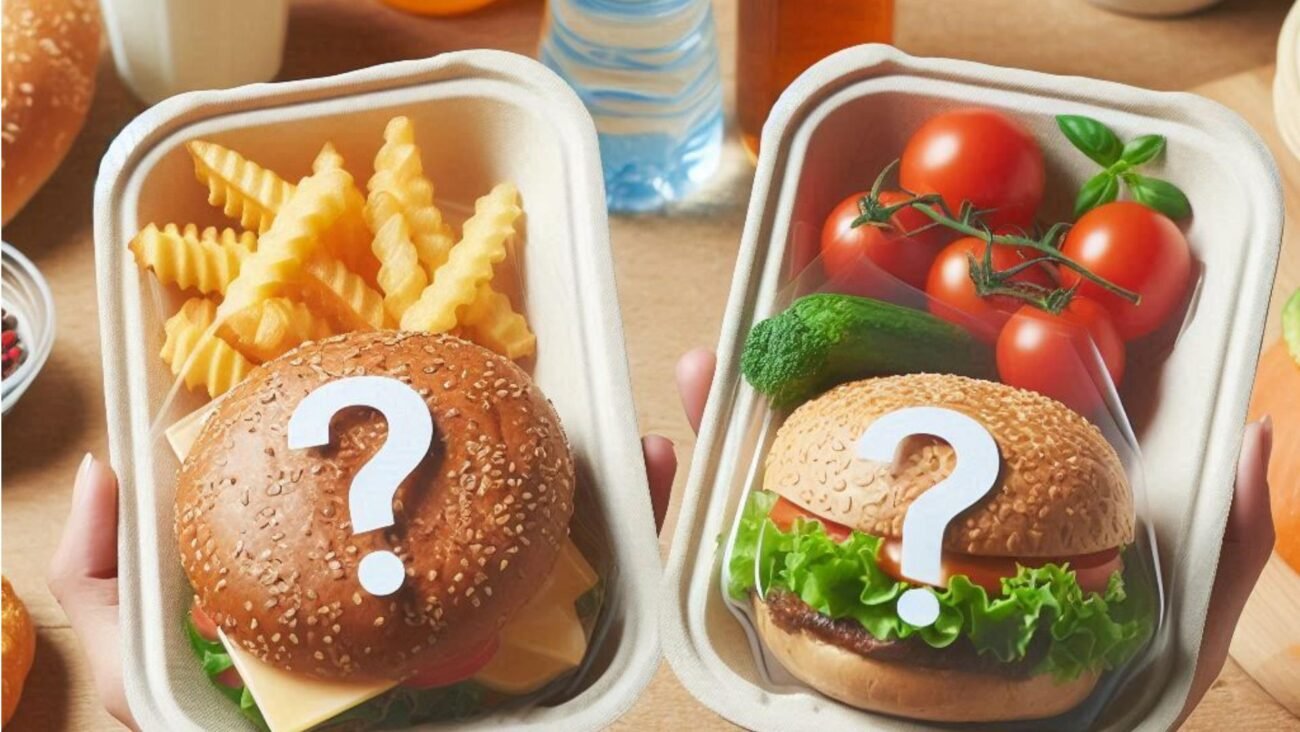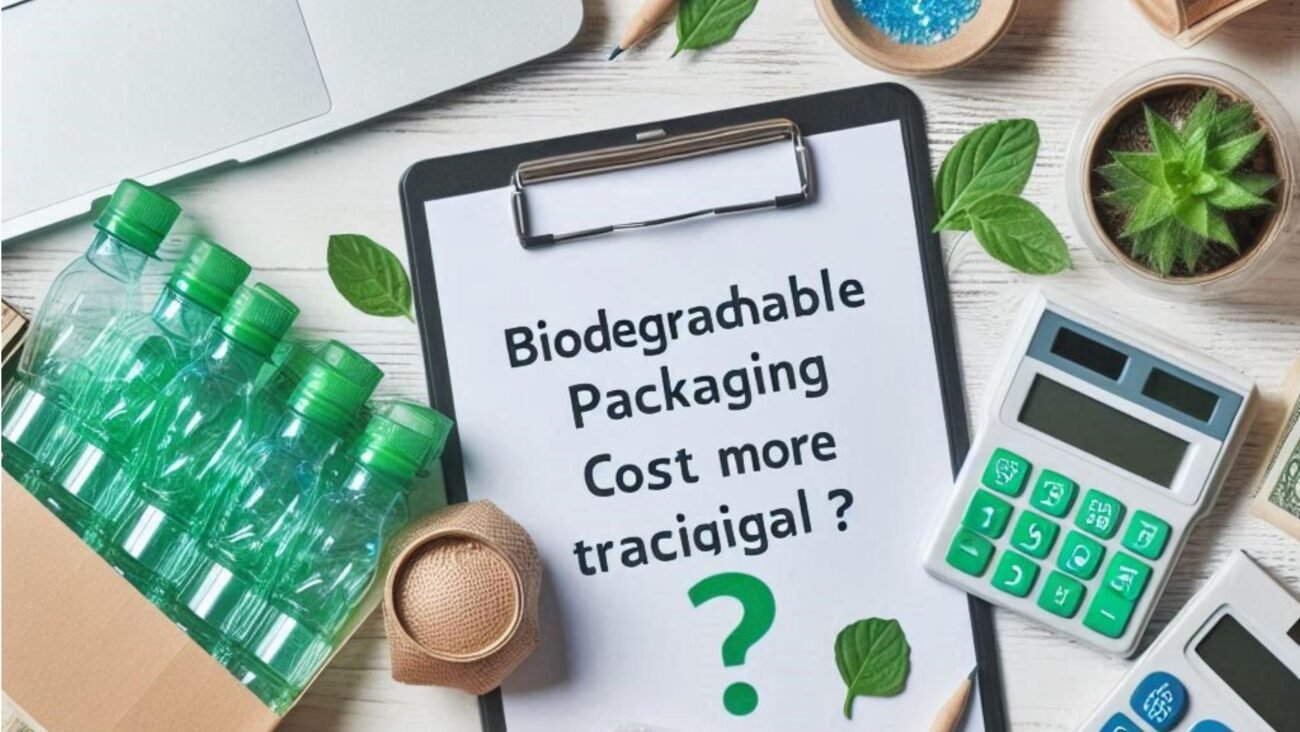How Long Does It Take For Biodegradable Packaging To Break Down?
Have you ever wondered about the journey of biodegradable packaging once it’s disposed of? How long does it take for these eco-friendly materials to break down, and what factors influence the decomposition process? Let’s dive into the world of biodegradable packaging and explore the timeline of their degradation.
Understanding Biodegradable Packaging
Biodegradable packaging refers to materials that can be naturally broken down by living organisms, typically bacteria or fungi, into organic compounds. These materials are designed to decompose without leaving behind harmful residues or toxins in the environment. Biodegradable packaging offers a sustainable alternative to traditional plastic materials, reducing the carbon footprint and environmental impact of waste disposal.
Why Choose Biodegradable Packaging?
Opting for biodegradable packaging provides several benefits for both businesses and consumers. These materials help reduce the amount of plastic waste in landfills and oceans, protecting wildlife and ecosystems from the harmful effects of pollution. Biodegradable packaging is also compostable, meaning it can be turned into nutrient-rich soil for agriculture, contributing to the circular economy.
Factors Affecting Biodegradation
The time it takes for biodegradable packaging to break down varies depending on several factors, including the type of material used, environmental conditions, and the presence of microorganisms. Understanding these factors can help determine the optimal disposal methods for biodegradable packaging and maximize their degradation potential.
Type of Material
Biodegradable packaging can be made from a variety of sources, such as plant-based plastics, paper, or compostable biopolymers. Each material has its own decomposition rate, with some breaking down faster than others. For example, plant-based plastics derived from corn starch or sugarcane tend to decompose more quickly than traditional petroleum-based plastics.
Environmental Conditions
Environmental factors play a crucial role in the biodegradation process of packaging materials. Temperature, humidity, and oxygen levels can impact the activity of microorganisms responsible for breaking down the material. Ideal conditions for biodegradation include moist and aerated environments, where microbial activity is stimulated to accelerate decomposition.
Presence of Microorganisms
Microorganisms, such as bacteria and fungi, are essential for the biodegradation of organic materials. These microscopic organisms feed on biodegradable packaging, breaking down complex molecules into simpler compounds. The abundance and diversity of microorganisms in the environment determine the rate at which biodegradable packaging is degraded.
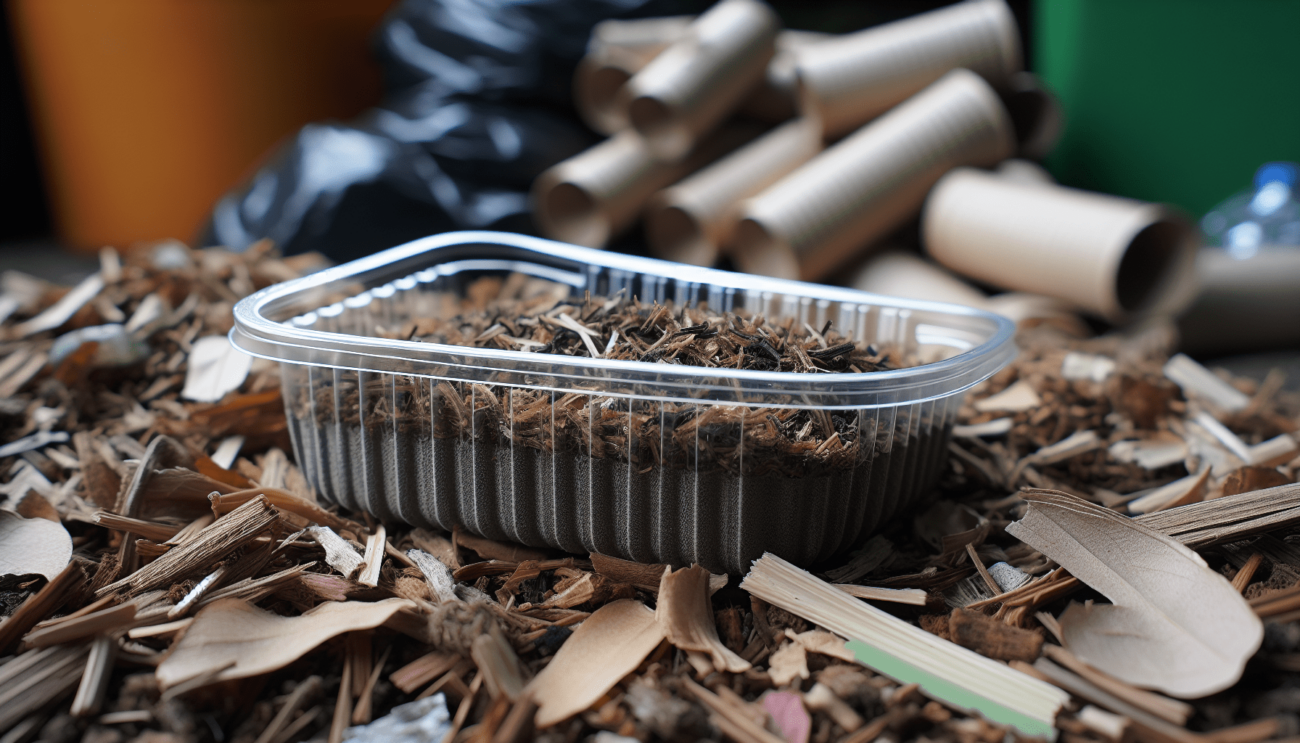
Timeline of Biodegradation
The timeline for biodegradable packaging to break down varies depending on the material composition and environmental conditions. While some materials decompose within weeks, others may take months or even years to fully degrade. Understanding the typical breakdown timeline of biodegradable packaging can help manage waste disposal practices effectively.
Weeks to Months
Biodegradable packaging made from plant-based plastics or compostable biopolymers typically decomposes within weeks to months under optimal conditions. These materials are designed to mimic the natural decomposition process of organic matter, gradually turning into carbon dioxide, water, and organic residues. Commercial composting facilities can accelerate the degradation of biodegradable packaging in a controlled environment.
Months to Years
Some biodegradable packaging materials, such as paper-based products or biodegradable plastics with higher molecular weight, may take months to years to break down completely. Factors like UV exposure, temperature fluctuations, and microbial activity influence the degradation rate of these materials over an extended period. Proper waste management and disposal practices can facilitate the decomposition of biodegradable packaging over time.
Years to Decades
In certain cases, biodegradable packaging composed of complex biopolymers or natural fibers may require years to decades to fully disintegrate in the environment. These materials are more resistant to microbial degradation and may persist in soil or water for an extended period before complete breakdown occurs. Monitoring the long-term fate of biodegradable packaging is essential to assess the environmental impact and sustainability of these materials.
Impact of Biodegradable Packaging
The widespread adoption of biodegradable packaging has significant implications for the environment, economy, and society. By choosing eco-friendly alternatives to traditional plastics, businesses and consumers can reduce their carbon footprint, conserve natural resources, and promote sustainable practices in waste management. The positive impact of biodegradable packaging extends beyond waste reduction to create a more resilient and healthy ecosystem for future generations.
Environmental Benefits
Biodegradable packaging helps mitigate the adverse effects of plastic pollution on the environment, such as marine debris, soil contamination, and greenhouse gas emissions. By promoting the biodegradation of packaging materials, we can minimize the accumulation of waste in landfills and oceans, preserving biodiversity and ecosystems. Sustainable disposal methods, such as composting or recycling, ensure that biodegradable packaging contributes to the regeneration of natural resources.
Economic Opportunities
The shift towards biodegradable packaging presents new economic opportunities for businesses in the packaging industry. As consumer demand for sustainable products grows, companies can innovate and diversify their product offerings to include eco-friendly alternatives. Investing in biodegradable packaging technologies and infrastructure supports job creation, research and development, and market competitiveness in the sustainable packaging sector.
Social Responsibility
Choosing biodegradable packaging reflects a commitment to social responsibility and ethical business practices. By prioritizing environmental sustainability and resource conservation, companies can build trust with consumers, investors, and stakeholders who value transparency and accountability. Engaging in eco-friendly initiatives, such as reducing plastic waste and supporting green packaging solutions, demonstrates corporate citizenship and community engagement.
Best Practices for Biodegradable Packaging
To maximize the benefits of biodegradable packaging and ensure its effective degradation, businesses and consumers can implement best practices in product design, use, and disposal. By following these guidelines, you can contribute to a more sustainable and eco-conscious approach to packaging that minimizes environmental impact and supports circular economy principles.
Design for Degradation
When choosing biodegradable packaging materials, consider their composition and breakdown properties to optimize their degradation potential. Select materials that are certified compostable or biodegradable, with clear labeling and disposal instructions for consumers. Design packaging with minimal additives or coatings to facilitate microbial decomposition and reduce contamination during recycling or composting processes.
Reduce, Reuse, Recycle
Prioritize waste prevention and resource conservation through the 3Rs hierarchy – reduce, reuse, recycle. Minimize the amount of packaging used in products to decrease environmental footprint and material consumption. Encourage the reuse of biodegradable packaging for multiple purposes or allocate it for recycling in appropriate facilities. Support closed-loop systems that promote the circularity of packaging materials and extend their lifecycle.
Compost Responsibly
If you have access to composting facilities or backyard composting, compost biodegradable packaging to return nutrients to the soil and support organic farming practices. Separate compostable packaging from conventional plastics and ensure it meets composting standards for temperature, moisture, and aeration. Monitor the decomposition process of biodegradable packaging to assess its effectiveness and adjust disposal methods accordingly.
Educate and Advocate
Raise awareness about the benefits of biodegradable packaging and sustainable waste management practices among consumers, employees, and stakeholders. Provide educational resources, such as guidelines, videos, or workshops, to inform individuals about the importance of choosing eco-friendly alternatives to plastic. Advocate for policy changes and industry regulations that promote the use of biodegradable packaging and incentivize environmentally responsible behavior.
Conclusion
The breakdown of biodegradable packaging is a complex and dynamic process influenced by material composition, environmental conditions, and microbial activity. Understanding the timeline of biodegradation and the factors affecting it can help mitigate the environmental impact of packaging waste and promote sustainable practices in waste management. By choosing biodegradable packaging, individuals and businesses can contribute to a healthier planet, reduce plastic pollution, and support a more circular and regenerative economy. Next time you dispose of biodegradable packaging, remember its journey towards degradation and the positive impact it has on the environment.

